Italy
Index Weight by Listing Country as of June 17, 2022
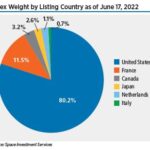
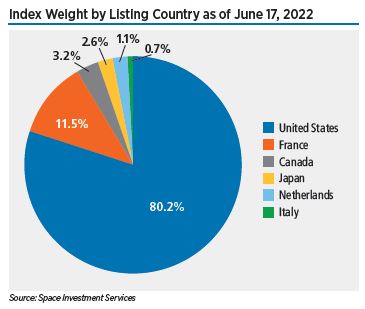
As of June, U.S.-listed companies comprised 80.2% of the weight of the overall index, with France in second place at 11.4%, Japan at 3.2%, Canada at 2.3%, the Netherlands at 2.1%, and Italy at 0.7%. Germany was no longer represented due to the removal of Mynaric.
The S-Network Space Index℠ First Half 2022 Performance
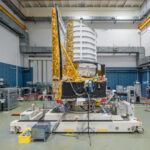
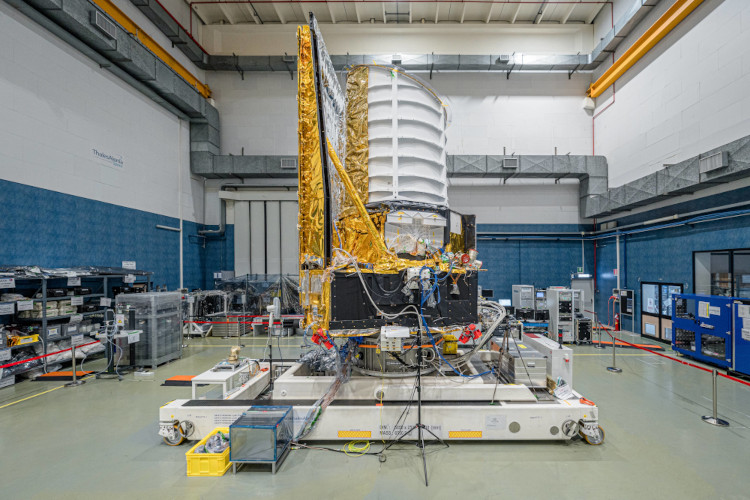
The S-Network Space Index℠ tracks a global portfolio of publicly traded companies that are active in space-related businesses such as . . .
Government Space Spending Increases 19% from 2020 to 2021
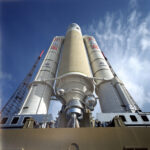
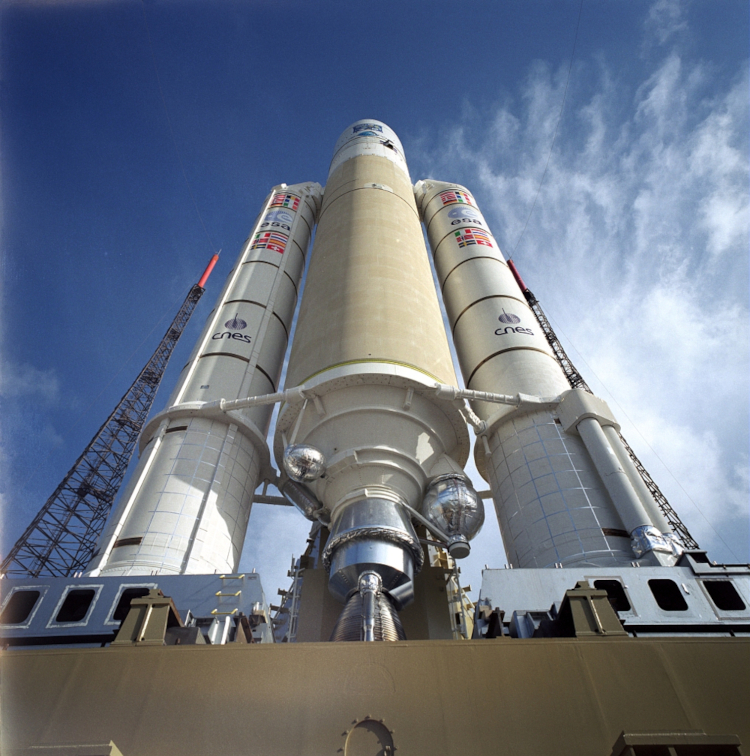
Total government space spending in 2021 reached $107 billion, a 19% increase from 2020, based on Space Foundation analysis. Space Foundation examined government space spending of 46 nations, including 14 nations new to the analysis this year.
Index Weight by Listing Country as of Dec. 17, 2021
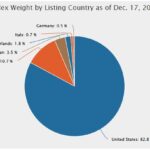
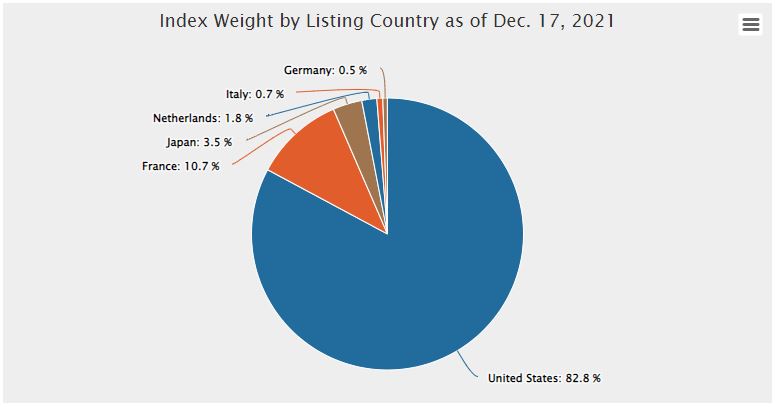
Companies included in the S-Network Space Index in the fourth-quarter 2021 analysis are shown here by national affiliation.
S-Network Space Index Weight by Listing Country as of Sept. 30, 2021
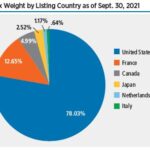
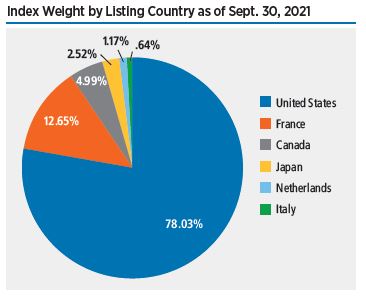
This chart shows how space companies included in the S-Network Space Index in Q3 2021 are represented by nation.
The S-Network Space Index℠ Q3 2021 Performance
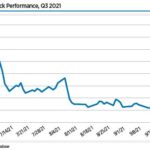
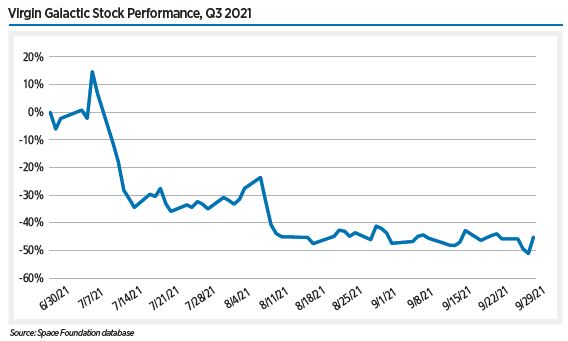
The S-Network Space Index℠ tracks a global portfolio of publicly traded companies that are active in space-related businesses such as . . .
2021 TSRQ3 – Six Telescope Launches to Watch this Decade


Barring schedule slips, a half dozen of the most powerful telescopes ever imagined will launch this decade. The most notable, NASA’s James Webb Space Telescope, is set to launch Dec. 18, 2021, kicking off a new era of cosmology . . .
2021 TSR – Space Symposium Special Edition: Global Space Economy Climbs Despite Pandemic, Disrupted Government Spending
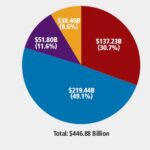
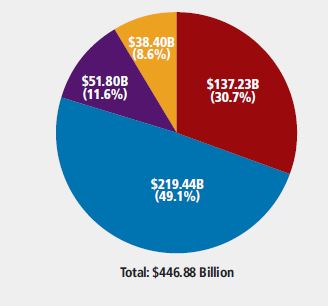
The global space economy reached a new high of nearly $447 billion in 2020, an increase of 4.4% from a revised 2019 figure of $428 billion. The 2020 figure is 50% greater than a decade ago, and 176% greater than . . .
Index Weight by Listing Country as of June 30, 2021
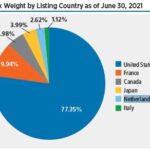
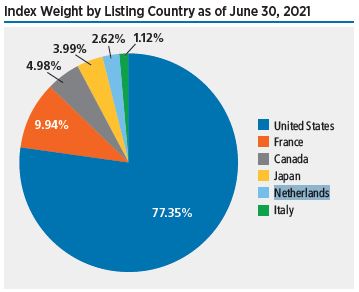
At the end of Q2, U.S.-listed companies comprised 77.35% of the weight of the overall index, with France in second place at 9.94%, followed by Canada at 4.98%, Japan at 3.99%, the Netherlands at 2.62%, and Italy at 1.12%. Israel is not formally included because Gilat (4.5% of the index weight) is listed on Israeli and U.S. exchanges, and the U.S. listing is used for the index due to higher trading activity.
2020 Global Space Economy Climbs Despite Turbulent Year, Disrupted Government Spending


International successes in space, such as the Hope, Perseverance, and the Zhurong missions to Mars, don’t happen without years of advance government spending. In 2020, as nations struggled to overcome a global pandemic, space spending varied widely across countries and agencies.